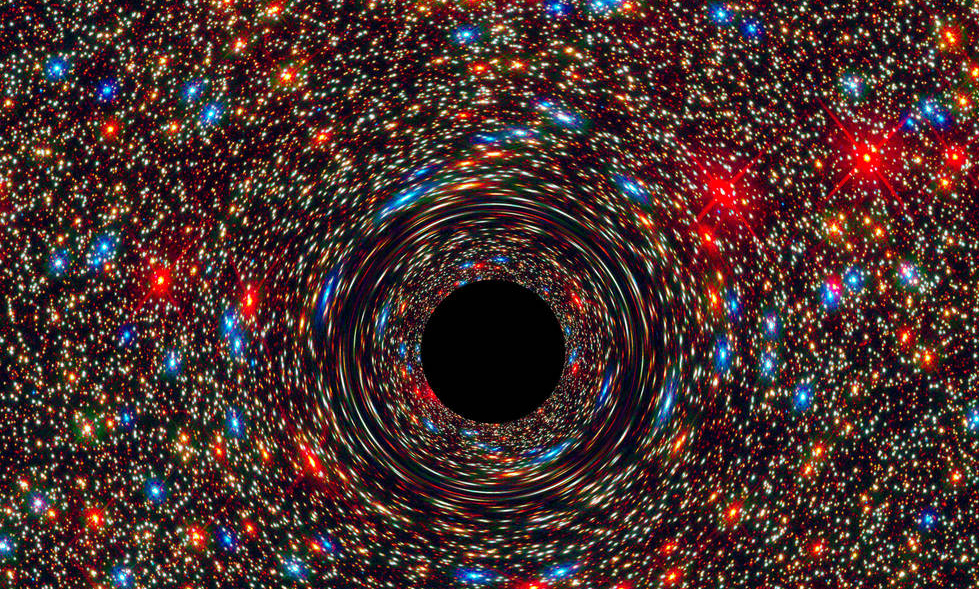Astronomers last week unraveled a gigantic black hole weighing the size of 17 billion suns in a populated area of the outer space.
With the newest discovery observed by the National Aeronautics and Space Administration’s (NASA) Hubble Space Telescope and the Hawaii-based Gemini Telescope, researchers predicted that homogeneous objects in space can be located in uncommon galaxies.
It nearly edged the current record holder of a black hole weighing 21 billion suns and resides in the crowded Coma galaxy cluster that consists of over 1,000 galaxies.
“The newly discovered supersized black hole resides in the center of a massive elliptical galaxy, NGC 1600, located in a cosmic backwater, a small grouping of 20 or so galaxies,” said lead discoverer Chung-Pei Ma, a University of California-Berkeley astronomer and head of the MASSIVE Survey, a research project analyzing vast galaxies and supermassive black holes in the universe.
The detected black hole is 200 million light years from the Earth and is aligned with the constellation Eridanus. It is also 10 times the size of the galaxy estimated by researchers for the black hole.
NGC 1600 is the hegemonic galaxy in the galactic group and is three times brighter than the other galaxies surrounding it, according to NASA’s press release. It is believed that the galaxy’s gasses were consumed long time ago when ‘the black hole blazed as a brilliant quasar from material streaming into it that was heated into glowing plasma’.
Ma elucidated: “Now, the black hole is a sleeping giant. The only way we found it was by measuring the velocities of stars near it, which are strongly influenced by the gravity of the black hole. The velocity measurements give us an estimate of the black hole’s mass.”
The hugest black holes uncovered by NASA were found within the center area of galaxies jam-packed with other galaxies. The Gemini Multi-Object Spectrograph measured the velocity of the black hole. Gianna Francesca Catolico, INQUIRER.net
